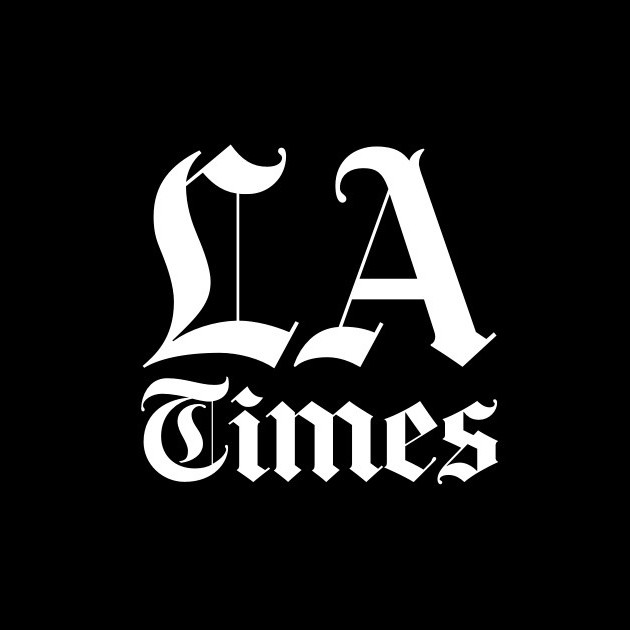‘Fire of Love’ and ‘The Volcano’: Exploring Nature’s Power Through Different Lenses

‘Fire of Love’ and ‘The Volcano’: Exploring Nature’s Power Through Different Lenses:
Not since 1997, with the release of Dante’s Peak and Volcano, have viewers been treated to two major films centered on volcanoes in a single year. 2022 saw another duo of such films showcasing the fascinating, and ultimately devastating, effects of volcanic activity on professional scientists and curious civilians alike. Sara Dosa’s Fire of Love and Rory Kennedy’s The Volcano: Rescue From Whakaari, documentary films streaming on Disney+ and Netflix, respectively, hit screens this past year and put some of the world’s most eruptive wonders under a cinematic microscope. While each film stirs the imagination, offering audiences intimate and personal glimpses into the lives of people who had the tragic misfortune of being in the wrong place at the wrong time, Fire of Love and The Volcano leave differing impressions about mankind’s relationship to nature and the potential consequences of calculated risk.
What is ‘Fire of Love’ About?
Sara Dosa’s touching and reverential documentary recounts the decades-long marriage and scientific work of Maurice and Katia Krafft. After falling hard for one another and bonding over a shared fascination with geology, particularly volcanoes, they married in 1970. For the next two decades, the Kraffts tirelessly traveled the globe to study and document volcanic activity. With Maurice a geologist and Katia a geochemist, much of the daring French couple’s work was captured via photography and 16mm film. In total, they amassed about 200 hours of footage and Fire of Love pulls no punches in showing viewers just how far this couple was willing to go in pursuit of scientific research.
Accompanied by hypnotic narration by Miranda July, the film is composed entirely of the Krafft’s personal and work-related photography, as well as archival footage that includes snippets of their television appearances throughout the years. It’s clear from the beginning that Maurice and Katia were cut from a different cloth, driven not only by their individual fascination with volcanoes, but also in a shared desire to flirt with the risks inherent in their line of work. They seemed to never harbor any illusions about the possibility of a fate that would ultimately befall them, with Maurice once stating that he wanted his death to be “at the edge of a volcano.” Katia echoed a similar sentiment in explaining why she always let Maurice take the lead when approaching a volcano, rationalizing that she wanted to be right behind him if and when he perished.
It’s the utter commitment not just to their work, but to one another, that makes the Krafft’s story so uniquely compelling. Like many similarly-themed documentary films, Fire of Love captures the uncanny sense of wonder, awe, and humility so often associated with those exploring the natural world. Dosa’s film, however, goes further in pairing that timeless endeavor with an intimate portrait of lovers whose greatest thrill was to stand together on the edge of danger. Though their lives and careers would end abruptly and tragically (they died together during the 1991 eruption of Japan’s Mount Unzen), one can’t help but get the impression that the couple expected and even desired such a way to leave this world.
What is ‘The Volcano: Rescue From Whakaari’ About?
Not long after Fire of Love’s debut was that of Rory Kennedy’s documentary about a terrifying natural disaster. The active stratovolcano, Whakaari, has long been a popular tourist destination. Located on White Island, 30 miles off the coast of New Zealand’s North Island, the site saw roughly 10,000 annual visitors despite the always-present threat of volcanic activity. After many eruptions over the years, including small ones as recent as 2012, 2013, and 2016, the island saw a measurable increase in activity in October and November 2019. Despite this fact, civilian excursions to the island continued and White Island Tours posted on its website, “there is the potential for eruption hazards to occur. White Island Tours operates through the varying alert levels, but passengers should be aware that there is always a risk of eruptive activity regardless of the alert level. White Island Tours follows a comprehensive safety plan which determines our activities on the island at the various levels.”
On December 9, 2019, the worst fears of tour guides and tourists alike were realized when Whakaari erupted at 2 p.m. local time. With 47 people on the island, 22 would lose their lives and the rest were left with severe and life-threatening injuries. In the blink of an eye, Kennedy’s film pivots from an up close and personal exploration of a natural wonder to one of sheer terror in the face of nightmarish circumstances. As survivors recall the horrific details of the eruption, their devastating injuries, and the desperate moves they made in order to get themselves and their loved ones out of harm’s way, The Volcano proves to rank highly among harrowing accounts of real-life disasters and how those involved responded.
Observing Nature’s Power Through Different Lenses
In thinking about Fire of Love and The Volcano as unintentional companion pieces, one is confronted with a striking contrast regarding each film’s respective narrative, tone, and lasting impression. With the former, viewers are not only given a glimpse behind the scenes of the mesmerizing power of nature, but also the influence the natural world had in fostering a deep connection between two individuals. In capturing the bond over their shared fascination with geology and volcanoes, and seeing that bond evolve into a companionship that ended in mutual tragedy, Fire of Love is arguably less about the Kraffts’ field of study and more illustrative of their commitment to one another as lovers. The volcanoes, although magnificent sights to behold, ultimately serve as backdrops in exploring an intimate and personal slice of life. Despite the narrative ending in tragedy and premature death, viewers arrive at a place of reverence for the French couple and their risk-taking, globetrotting exploits. Ultimately, the film imparts a level of empathy for its subjects, pivoting away from what one might expect to be melancholic and instead embracing the romanticism of dedication and fate.
Conversely, The Volcano has no interest in romanticizing the power of the natural world. Kennedy’s film serves as a sobering cautionary tale about the perils of tempting fate and the dire consequences that can arise from rolling the dice with Mother Nature. The survivors of Whakaari’s 2019 eruption don’t care much about fondly remembering White Island’s scenic beauty and humbling presence, but rather recounting the traumatic and lifelong effects that will endure after their chance encounter with disaster. Many of them will never be the same physically and mentally after experiencing such an event, facing a long road to recovery and, in some cases, uncertain about the specific circumstances under which their loved ones perished. By the end of the film, the lingering sense of pain and anguish is palpable to viewers, with little to no closure in store for peace of mind. Although criminal charges have been brought forth against certain individuals involved, and court cases are set to begin in July 2023, it remains unclear as to who may take accountability and in what capacity.
View this article at Collider.

 Previous Post
Previous Post Next Post
Next Post
